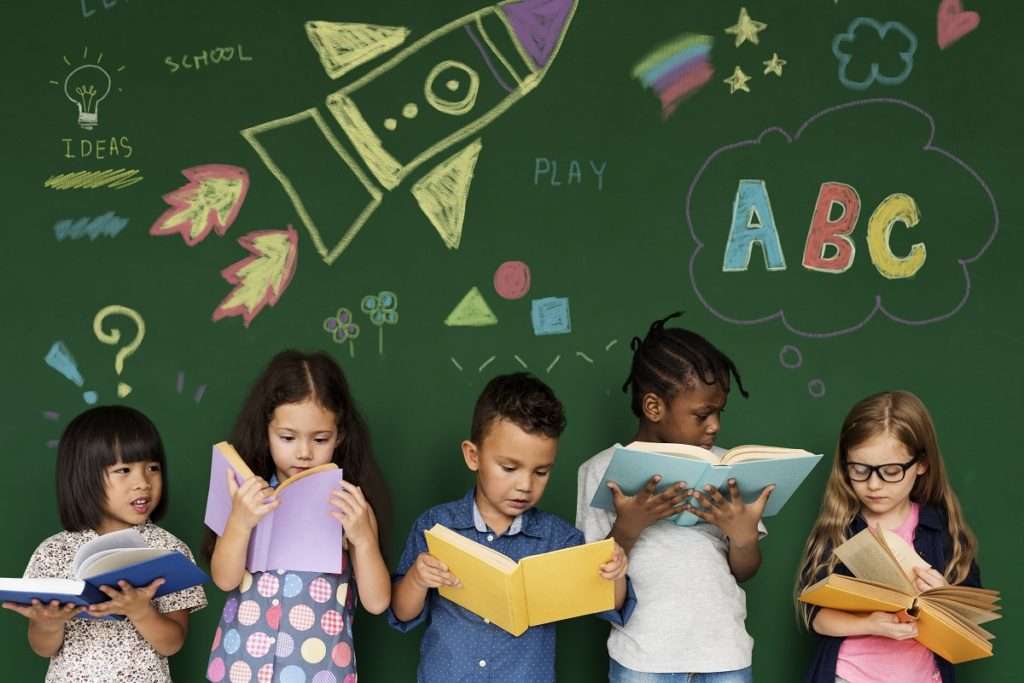Picture books are more than just simple stories with images—they are powerful tools that play a crucial role in early childhood development.
By combining vivid illustrations with text, picture books help young readers develop essential literacy skills, ignite their imagination, and foster a lifelong love for reading.
1. Enhancing Comprehension through Visuals
Illustrations in picture books are not merely decorative; they are integral to the storytelling process. They provide visual context that supports the text, helping children understand complex ideas, emotions, and events.
For example, images can show a character’s emotions or foreshadow events, offering clues that enhance a child’s understanding of the narrative. This is particularly helpful for young readers who are still developing their vocabulary
2. Building Visual Literacy
Visual literacy is the ability to interpret, negotiate, and make meaning from information presented in the form of an image. Picture books are ideal for developing this skill, as they encourage children to observe details, make inferences, and draw conclusions based on what they see.
By engaging with the pictures, children learn to “read” images, which is a skill that extends beyond books and into the broader media-rich world they navigate daily
3. Stimulating Imagination and Creativity
The imaginative scenes in picture books invite children to explore new worlds and ideas.
These visual narratives often allow children to create their own stories, encouraging creative thinking and problem-solving skills.
From Bedtime Stories to Independent Reading: Nurturing Young Readers
For example, wordless picture books rely entirely on images to tell the story, which can inspire children to craft their own interpretations and narratives
4. Supporting Emotional and Social Development
Picture books often depict scenarios that help children understand and process their emotions and social situations. Through the characters and their experiences, children learn about empathy, kindness, and other social-emotional concepts.
Books like “The Name Jar” show how illustrations can help children navigate complex emotions and cultural identities
5. Encouraging a Love for Reading
The combination of engaging stories and captivating illustrations makes picture books particularly effective at holding a child’s attention. This engagement is key to fostering a love of reading from an early age.
Repeated readings of favorite picture books also help children develop language skills and comprehension, as they become familiar with the patterns and sequences in the stories.
Conclusion
Picture books are indispensable in early childhood education, offering a unique blend of visual and textual learning that supports literacy, creativity, and emotional development.
By integrating these books into a child’s reading routine, parents and educators can help young readers build a strong foundation for lifelong learning.


